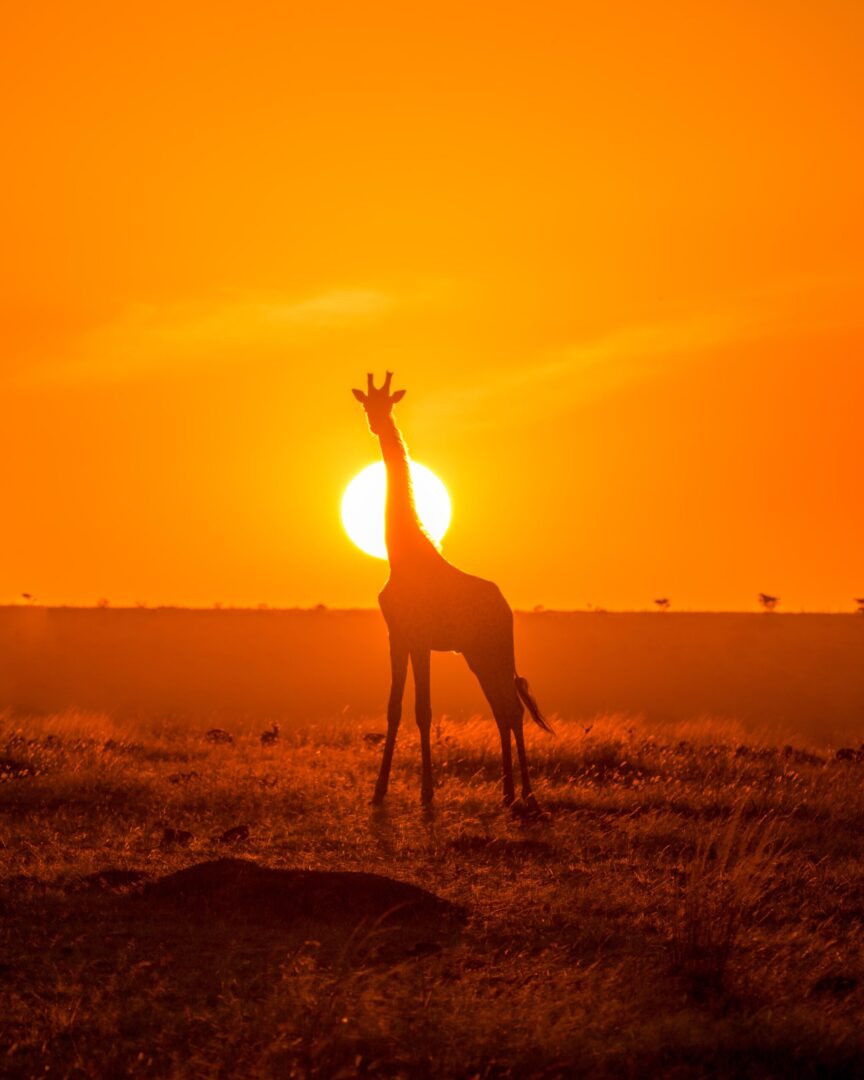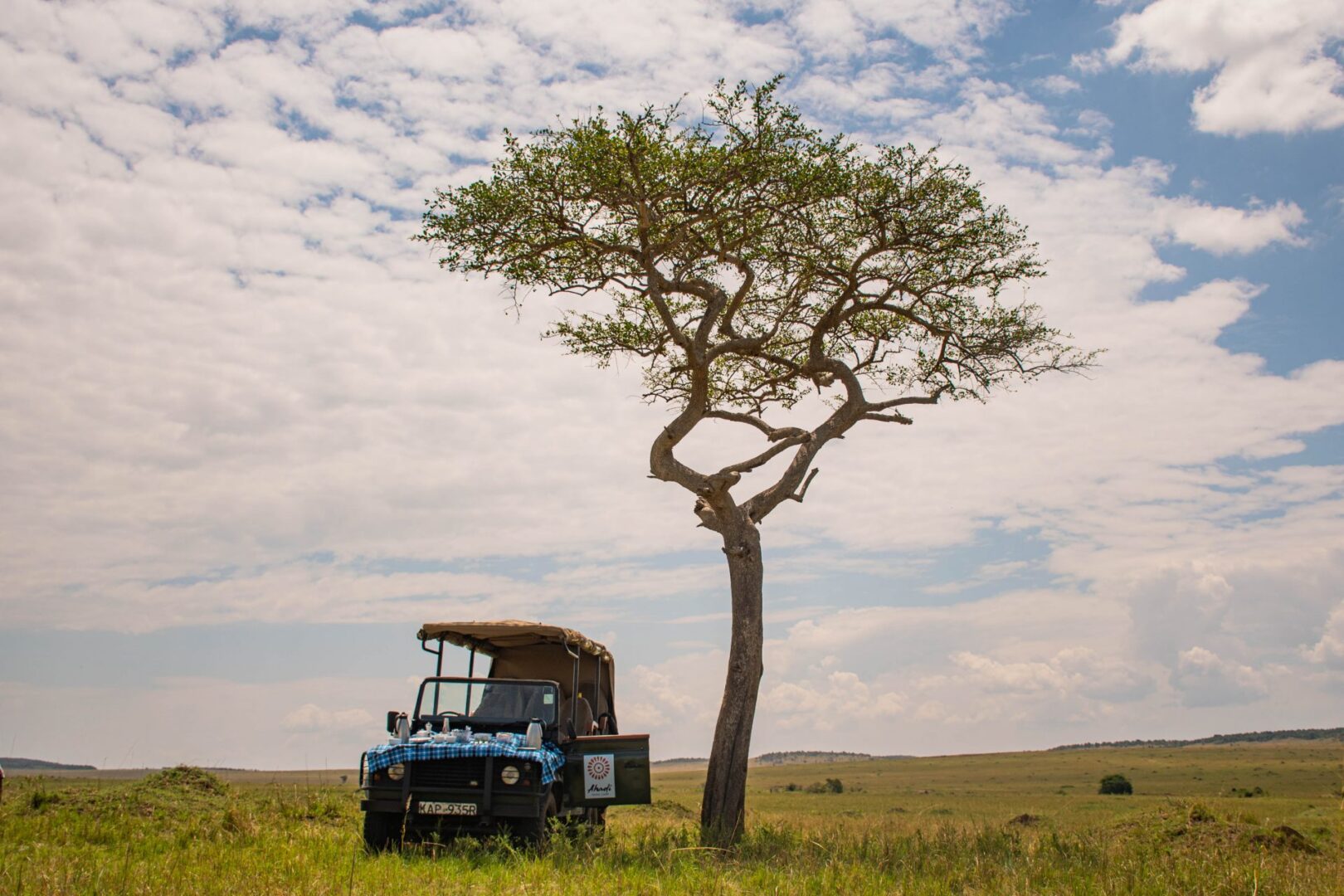Luxury Hotel
About Enchipai Camp
The Cappa
The Luxury Camp
ENCHIPAI CAMP
Enchipai in Maa Language translates to, “a place of happiness.” Enchipai is a small 5 tented luxury camp, tacked under indigenous trees north of Mara triangle boundary to the West..
The camp’s location was carefully identified and strategically engineered on the Esoit Oloololo escarpment with perfect view of the Mara. The tents well designed with both contemporary and local rustic touch to offer all our guests comfort, relaxation
and exciting game viewing in the vast savannah Mara right from your tent or Verandah. In addition, regularly wild animals roaming around the camp 24/7. Enchipai Camp truly offers more than the usual!
Enjoy every adventure with us!
Masai Mara Facts:
- • Established in 1961, with an area covering 1510KM2
- • Coordinates 1°29′24″S 35°8′38″E
- • “Mara” means “spotted” in Maa language
- • The reserve is located in the Great Rift Valley in primarily open Savanah grassland
- • The reserve is located South-west of Nairobi
- • It Extends to Serengeti National Park in Tanzania to the South
- • The Loita Hills in the East
- • The Esoit Oloololo escarpment in the West
- • The Itong Hills in the North.
- • Named the 7th Wonders of the World
- Tanzania in July and returning in November
- • Masai Mara is known as one of the finest wildlife destinations in the world
- • Masai Mara is home to over 95 species of mammals, amphibians and reptiles and over 500 birds’ species
- • The Masai Mara has one of the best concentrations of game in the world
- • The Masai Mara has excellent wildlife viewing throughout the year

